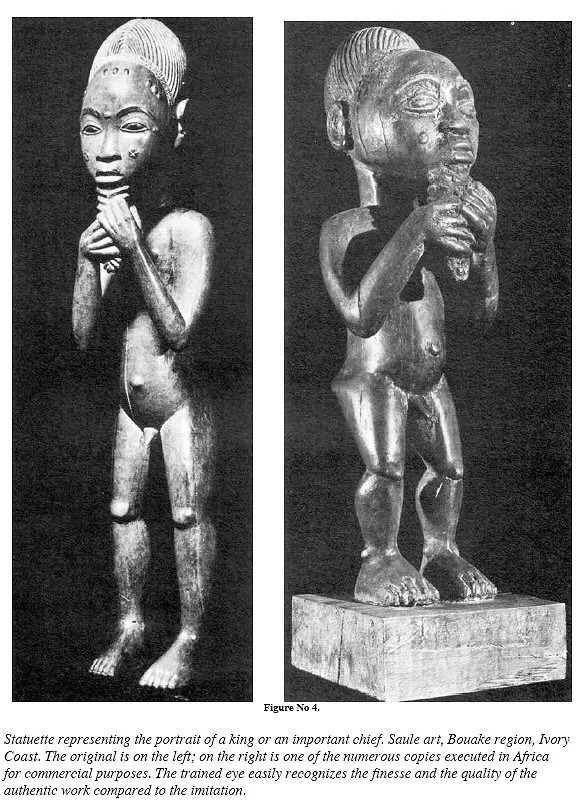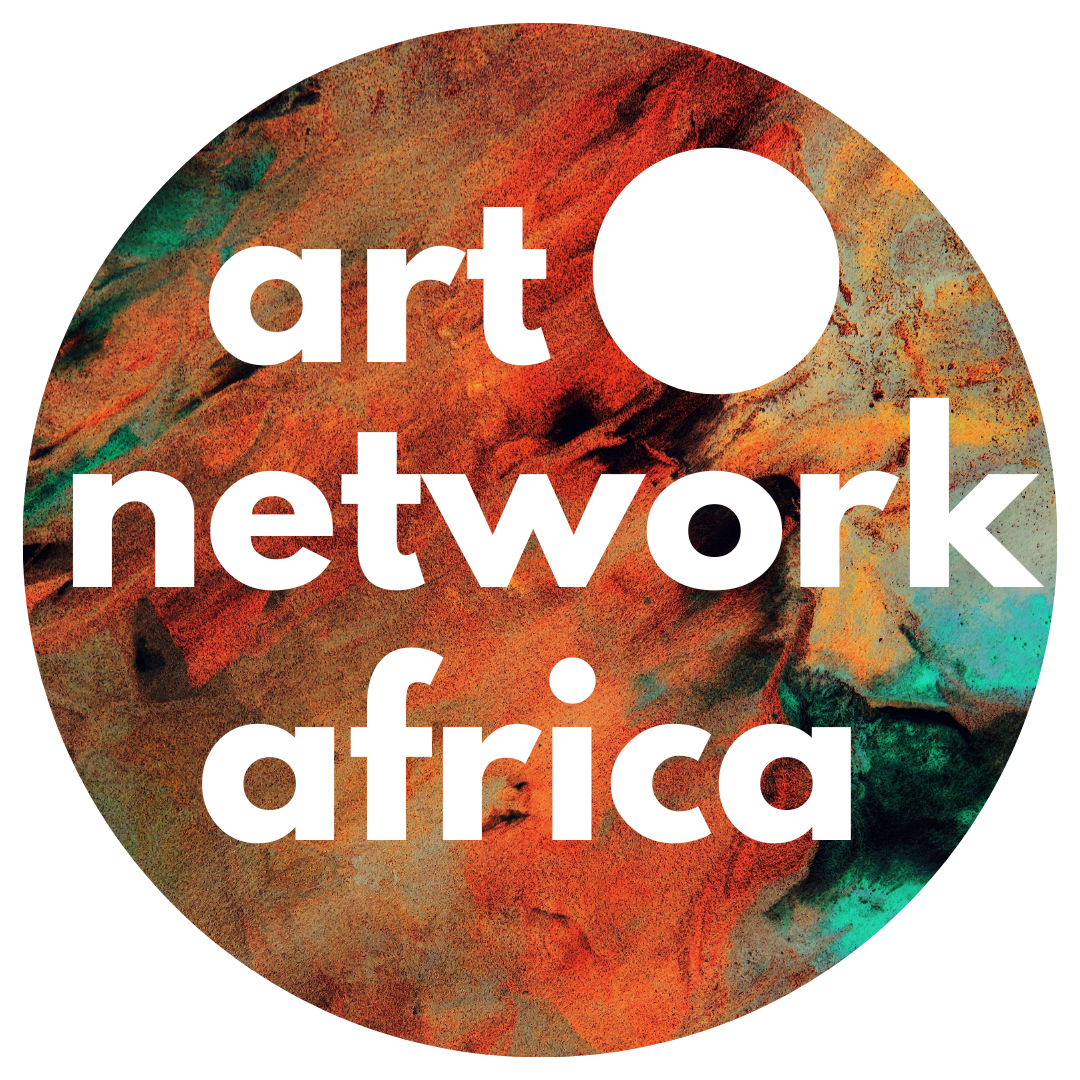In the world of art, provenance refers to the documented history of an artwork’s ownership, origin, and journey over time. For collectors, museums, and investors, provenance is a critical factor in assessing an artwork’s authenticity and value. While provenance is crucial across all categories of art, it has special significance for African art due to the continent’s unique cultural heritage, historical complexities, and challenges in documentation.

Provenance in the art world serves as an artwork’s pedigree, detailing its journey from the creator to the present owner. This documentation typically includes a chain of ownership, exhibition records, catalog listings, and related historical references. A lack of provenance can create doubt, reducing the work’s perceived value or making it difficult to sell on the international market. When it comes to African art, where historic works may lack extensive documentation, establishing a credible provenance can be challenging yet incredibly valuable.
Why Provenance Matters In African Art
For African art collectors and enthusiasts, provenance holds a unique significance. Many African pieces were historically removed from their origins during the colonial era without documentation. Today, provenance helps rectify that past by clarifying an artwork’s journey and ensuring that it has been acquired and circulated ethically. Provenance for African art does more than confirm ownership; it preserves the integrity of cultures and adds value to the artwork by reinforcing its historical and cultural context.

How To Authenticate African Art Using Provenance
- Artist Attribution: Works acquired directly from the artist or reputable galleries like Sotheby’s are generally easier to authenticate, as these sources can verify the piece’s origin. Galleries with strong ties to African art communities or artist cooperatives provide a degree of assurance since they uphold rigorous standards. Collectors should seek out galleries with reputations for supporting African artists to ensure their collections are sourced legitimately.
- Ownership Records: Documentation such as certificates of authenticity, purchase receipts, and records of ownership are the backbone of provenance. When collecting African art, ensuring that these documents are present is crucial. Ownership records trace the artwork’s passage from the artist or region of origin to its current owner, revealing any transfers or sales. For collectors, the absence of these records may raise questions about authenticity, particularly if a piece has changed hands multiple times.
- Expert Verification: Experts and art historians specializing in African art play an important role in verifying provenance. They can analyze materials, techniques, and styles, often identifying the specific artist or region of origin. As African art spans a vast array of cultures and materials, consulting with specialists adds confidence for collectors, ensuring that the piece aligns with established knowledge of its origin and creation.
- Historical Documentation: Exhibition catalogs, museum records, and academic publications add a layer of historical authority to an artwork. If an African piece has been part of an exhibition, its inclusion in catalogs or literature related to the show acts as a documented endorsement of its authenticity. Collectors are encouraged to search for these records as they strengthen the artwork’s provenance and provide insights into its impact within the art world.

Challenges In Authenticating African Art
The provenance of African art can sometimes be fragmented or difficult to trace due to factors like colonial-era looting, oral traditions, and indigenous knowledge systems. Many African artworks were removed without proper documentation, complicating the provenance for contemporary collectors.
In cases where formal documentation is limited, oral histories and indigenous knowledge may provide crucial context. For instance, some artifacts may have known origins within specific communities or lineages that serve as a cultural seal of authenticity. Recognizing the role of these sources as part of provenance adds dimension to African art authentication, balancing formal documentation with local knowledge.
For collectors, institutions, and scholars, provenance is invaluable in appreciating and preserving African art. Beyond establishing authenticity, it provides a historical and cultural narrative that honors the origins of African art. As interest in African art continues to grow, so does the responsibility to ensure that these works are ethically acquired and authentically represented. By prioritizing provenance, collectors not only secure the value of their collections but also contribute to the preservation of Africa’s rich artistic heritage, fostering respect for the diverse cultures and histories represented in African art.


